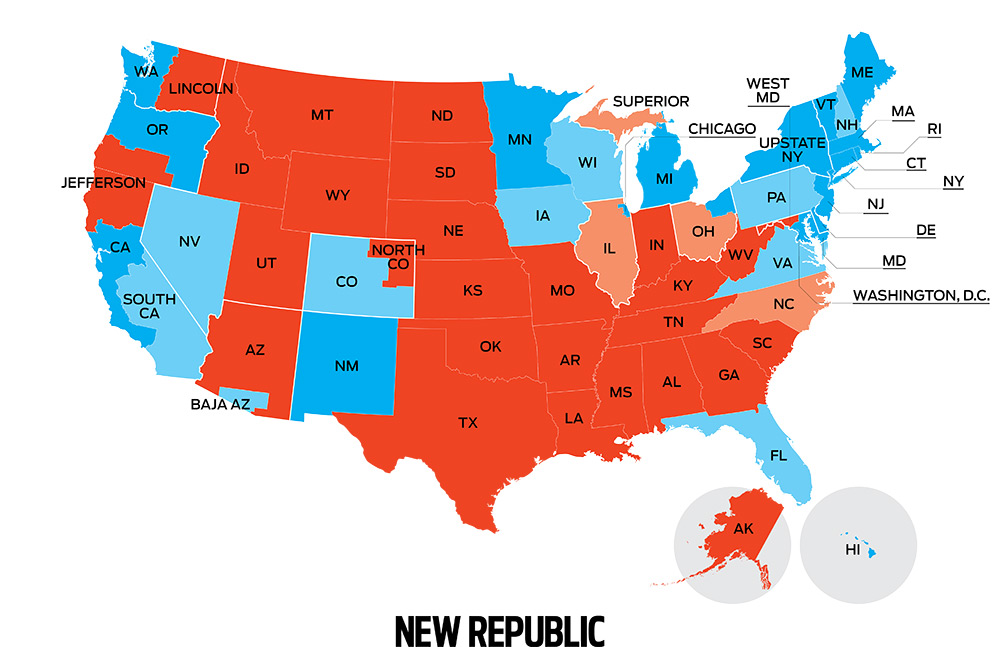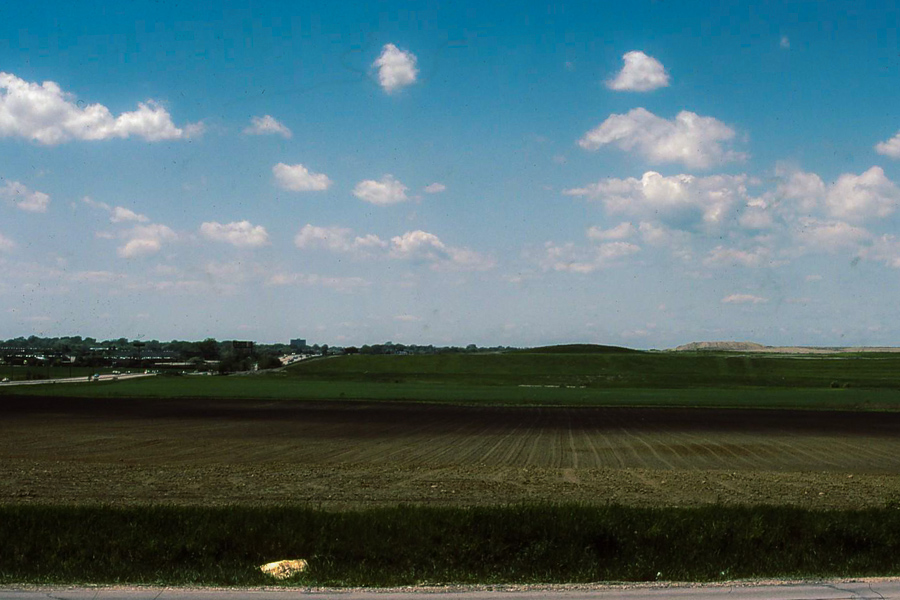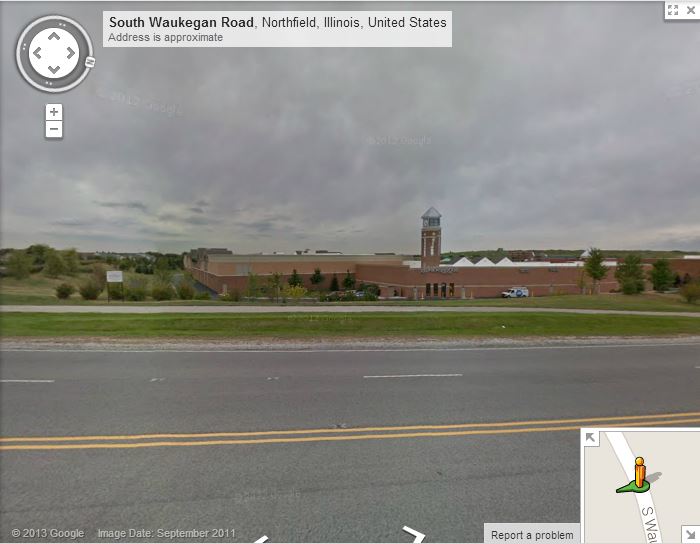Cranky Flier explains:
Dallas is an increasingly large hub of business, and it sees no flights to Hong Kong today. It can also provide connections to a lot of places around the Midwest and South that don’t have single stop connections today. Look no further than joint venture-partner Qantas to see how that works. Qantas abandoned San Francisco and decided to run a flight to Dallas instead. It’s such a long flight that a stop in Brisbane is required on the westbound trip, but it’s apparently worth it.
That all sounds good, but there’s an even bigger benefit when it comes to Asia flying… Latin America.
Flying from Asia to Latin America is really far and requires stopping somewhere. To give you an idea, connecting the two financial capitals of Hong Kong and Sao Paulo would require flying more than 9,700 nautical miles. You know the longest route in the world today, Newark to Singapore? That’s 1,500 nm shorter. So you need to stop somewhere. And today, the options aren’t great. But Dallas provides a real opportunity to make for simple connections between Hong Kong and Latin America.
I'll be a beneficiary of this new strategy this autumn. More on that later.
I found another batch of tapes including a mix tape I made in the WRHU two-track studio in May 1990. Yes, two-track: we recorded two audio tracks onto 1/4-inch tape at 7.5 inches per second (or 15 ips if we needed to do some music editing). We then cut the tapes with razor blades and spliced them together with splicing tape.
Eventually I graduated to the misnamed 4-track studio, which by then not only had a 4-track quarter inch deck but also a 1-inch, 16-track system that only the General Manager was allowed to play with.
Now that you know the technical limitations, listen to this teaser promo from May 1990. As a bonus, here is the Uh-Uh Oral Contraceptives spot that my predecessors created in 1984 or 1985.
Enjoy.
I am agog at a bald impossibility in the New York Times' article today about the ACA exchange:
According to one specialist, the Web site contains about 500 million lines of software code. By comparison, a large bank’s computer system is typically about one-fifth that size.
There were three reporters in the byline, they have the entire Times infrastructure at their disposal, and still they have an unattributed "expert" opinion that the healthcare.gov codebase is 33 times larger than Linux. 500 MLOC? Why not just say "500 gazillion?" It's a total Dr. Evil moment.
Put in other terms: it's like someone describing a large construction project—a 20-story office building, say—as having 500 million rivets in it. A moment's thought would tell you that the mass of 500 million rivets would approach the steel output of South Korea for last month.
The second sentence is nonsense also. "A large bank's computer system?" Large banks have thousands of computer systems; which one did you mean? Back to my example: it's like comparing the 500-million-rivet office building to "a large bank's headquarters."
I wouldn't be so out of my head about this if it weren't the Times. But if they can't get this right, what hope does any non-technical person have of understanding the problem?
One last thing. We, the people of the United States, paid for this software. HHS needs to disclose the source code of this monster. Maybe if they open-sourced the thing, they could fix it faster.
On Thursday afternoon, Amazon delivered a USB cassette player. Yesterday I dug out an aircheck—a recording made in the radio station's master control room of what actually went over the air—from my broadcast on WRHU-FM exactly 23 years earlier.
Here is the 9pm newscast. Trippy. (And scarily similar to the newscast you might have heard last night.)
Nate Cohn draws the map of these 61 United States:
What would happen if all of them succeeded? Each new state would get two senators and its share of electoral college votes. We ran the numbers and recalculated the 2012 presidential race.
In this bizarro United States, the GOP would have a structural advantage in the expanded Senate, and Barack Obama would have had a tighter fight against Mitt Romney in the electoral college (which he won, in reality, 332–206).

Of course, Cohn assumes that once the states seceded from their parent states—unlikely, in cases where the new states would reverse the existing state's party affiliation—the other states would let them in.
It's an interesting statistics issue, but alas, we're stuck with Texas and the rest of the former slave states that want to re-litigate Article IV.
Northbrook, Ill., has always been a suburb. Until the end of the last century, no one had developed large hunks of the village, because two entities controlled several square kilometers of land around it. One entity, the U.S. Navy, operated an air station until 1994; the other, the Catholic Church, had a smallish farm, a convent, and a dairy barn well into the 1990s, and still owns Techny Towers, a religious retreat.
A conversation with a friend this week turned to a discussion of the Whole Foods Market at Willow and Waukegan Roads. So I dug out this photo from May 1985:

That's from the west edge of Waukegan Road, about 150m north of Willow, looking almost due west. Here's what it looks like today:

Notice that we can only see the backs of the stores from the road. All the storefronts point inward, to the parking lot. This is exactly the horror Andres Duany described in his 2000 book Suburban Nation.
When I was a kid, I looked at that huge field and imagined a college. It could have been combined with the land north of Techny Road into a neighborhood of medium-sized houses, with transit links along Waukegan and Willow. Hell, it could have been nearly anything.
Nope. Faced with 500 hectares of farmland in 2003, all the developers could see was an automobile-centric shopping plaza. The air station? Same thing. The Glen at least has a few dozen hectares of prairie preserve and a single transit stop that no one can really walk to. Otherwise, the whole redevelopment shows a staggering lack of imagination or forward thinking.
Tuesday night, after the House of Representatives approved the deal ending the government shutdown, the House Stenographer...well, she added some commentary of her own:
As the House finished their vote to reopen the federal government and raise the debt ceiling, a House stenographer decided it was a good time to let everyone know her feelings about God, Congress, and the Freemasons.
“He [God] will not be mocked,” the stenographer, apparently named Molly, yelled into the microphone as she was dragged off by security. “The greatest deception here is that this is not one nation under God. It never was. It would not have been. The Constitution would not have been written by Freemasons. They go against God. You cannot serve two masters. Praise be to God. Praise be to Jesus.”
In unrelated news, if anyone wants to hire a slightly-unhinged but quite pious stenographer, I know of one who's on the market.
The Chicago technology scene is tight. I just had a meeting with a guy I worked with from 2003-2004. Back then, we were both consultants on a project with a local financial services company. Today he's CTO of the company that bought it—so, really, the same company. Apparently, they're still using software I wrote back then, too.
I love when these things happen.
This guy was also witness to my biggest-ever screw-up. (By "biggest" I mean "costliest.") I won't go into details, except to say that whenever I write a SQL delete statement today, I do this first:
-- DELETE
SELECT *
FROM MissionCriticalDataWorthMillionsOfDollars
WHERE ID = 12345
That way, I get to see exactly what rows will be deleted before committing to the delete. Also, even if I accidentally hit <F5> before verifying the WHERE clause, all it will do is select more rows than I expect.
You can fill in the rest of the story on your own.
From WBEZ's Chicago History blog:
Chicago had actually started building two subways, with another tunnel following Milwaukee-Lake-Dearborn. Then the war came, and construction materials became scarce. The second subway would not be completed until 1951.
But on this glorious Saturday morning--October 16, 1943--the city was ready for a party.
Starting at 9:15, ten special trains were dispatched from ten different outer terminals along the "L" system. They carried various dignitaries to a rendevouz in the subway at State and Madison. When the lead train passed through the first underground station at North-Clybourn, it was saluted by the Lake View High School band, blasting out "El Capitan" from the platform.
One by one, the ten specials converged at State and Madison. The dignitaries got out, shook hands all around, and made a few speeches. At 10:47 Mayor Edward J. Kelly cut a ribbon strung across the northbound track. As the newsreel cameras whirled, the trains rumbled down the tracks. "This is the most significant event in Chicago history to date," the mayor declared.
They've even got a video from the 1940s showing how Chicago dug the subways.
The American Idol 2010 runner-up Crystal Bowersox played City Winery Chicago last night:

Another:

Anna Rose opened for her; I was impressed:

Tough shooting conditions. I forgot my seats were right against the stage. I wound up shooting everything with a 50/1.8, trying to get around the enormous monitor just to my right. It sounded great, though.